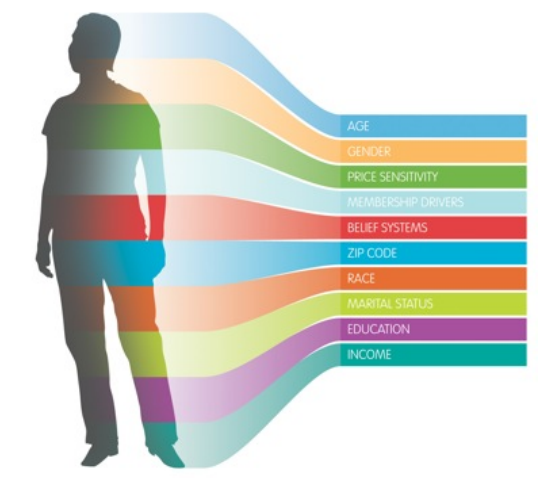4 Essential Questions For Understanding Your Ideal Customer
Don’t waste time marketing and selling to people who will never buy. Save time and energy by understanding your ideal customer in four easy customer profile questions.
Every day, 98% of the people responsible for the marketing strategy of organizations end up implementing tactics that FAIL for one simple reason: these tactics do not appeal to their ideal customer.
Discovering your target market or ideal customer is a foundational element of getting any business on track, and is especially relevant for owners and CEOs of small businesses.
Personalized marketing communication is favored by your ideal customer, but if you don’t speak their language, talk about their pain, know their habits, desires and values, you’re missing a lot of opportunities.
There are countless ways to research your ideal customer and everybody talks about target markets, but on this day you will learn the 4 customer profiling questions that are essential for helping you get clearer on this idea.
1. Who will benefit the most from your products or services?
The common answer to this question is “everybody.” If you think every possible human being is your ideal customer chances are you’ll waste your greatest resources time and money.
To answer this question begin building a detailed profile of your current customers. Group your most successful accounts (profitable + refer you).
2. Why do they do business with you?
This question is great for understanding your ideal customer continued patronism. It can measure how effective your promotion, lead generation and sale process is working.
In order to successfully answer this question you need to “go Oprah” on your most successful accounts. Schedule some time to interview current customers that are the most profitable and also refer business to you.
3. What characteristics do they have in common?
Once you have a ideal customer profile, you should start analyzing the common customer demographics and customer psychographics they share. Start asking yourself some questions about these people:
- what industry are they in?
- where are they located?
- what size is their organization?
- what do they read?
- what do they listen to?
- what challenges do they face?
- how do they buy?
The answers to these customer profile questions above are not always available, but thinking about them in correlation to your ideal customer may allow you to narrow your niche and sell aggressively to it.
4. How can you best service their current and future needs?
Your best prospect is a current customer. Your second best prospect is a past customer. These two target markets already know, like and trust you. When thinking about understanding your ideal customers ponder serving their current and future needs.
This could be considered a customer service question, since winning and keeping customers is the result of effective marketing, but the real opportunity is when you can uncover a unique positioning or an innovation. Push yourself to discover their current and future needs. Ask ideal customers,
- “what are the top 3 challenges they’re currently facing?”
- “what are current vendors or suppliers doing that they don’t like?”
Your ability to put yourself in your customer shoes, to understand their needs, wants, goals, lifestyle—in fact, every aspect of their lives—will drive your marketing success. Being able to think and behave like your customers is also the key to being able to communicate with them effectively.
Start focusing on your target market or ideal customers today. You don’t have the time or resources to waste.
Contact your marketing consultant at Indispensable Marketing
If you’re a small service based business that needs help with understanding your ideal customer or your business’s online presence on Google and other search engines, at Indispensable Marketing we can help. We offer marketing strategy consulting, marketing audits, monthly marketing packages, consultations, exploratory calls or monthly local SEO services. Contact us for more information.





